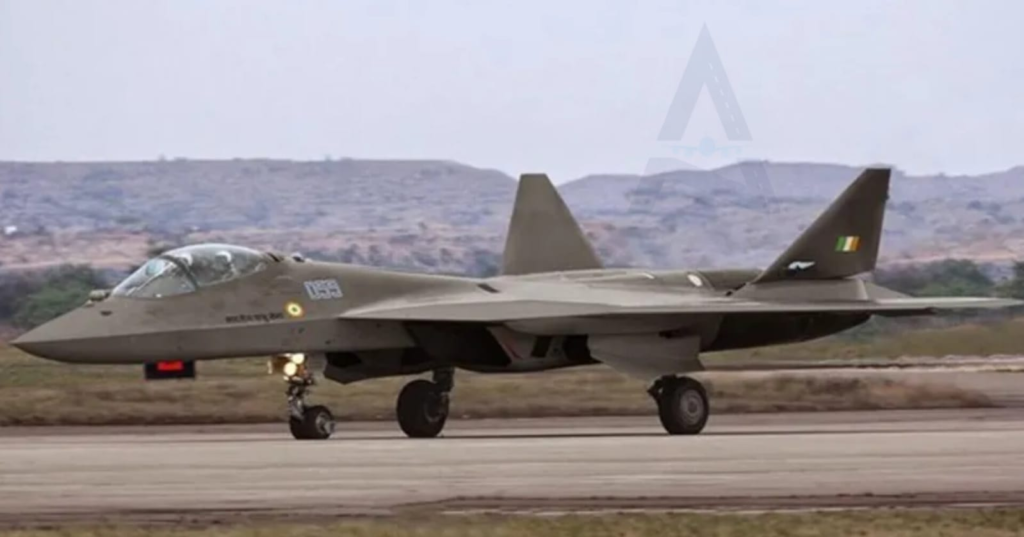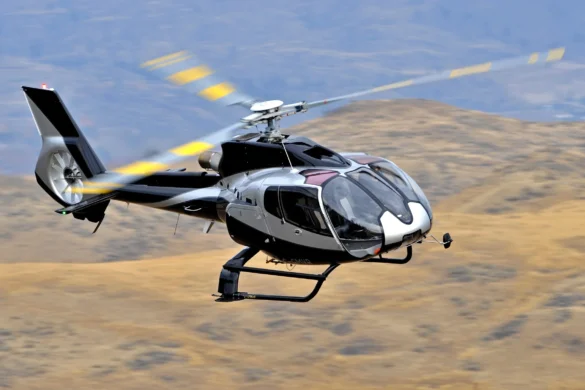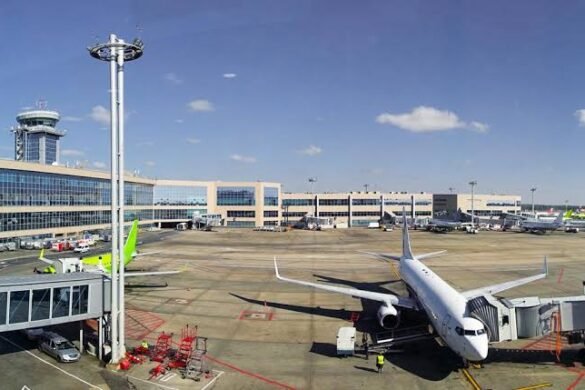India’s withdrawal from the Fifth Generation Fighter Aircraft (FGFA) program has raised significant concerns regarding the future capabilities of the Indian Air Force (IAF). Initially aimed at developing a stealth fighter in collaboration with Russia, the FGFA program was envisioned to enhance the IAF’s combat readiness against emerging threats and modernize its fleet. However, India’s exit from this ambitious project without a clear backup plan is perceived as a setback for the IAF, potentially impacting its operational capabilities in the long run.
The FGFA was intended to leverage advanced technologies, including stealth features, supercruise capabilities, and cutting-edge avionics, to create a formidable air superiority fighter. By withdrawing from the program, India risks falling behind in the race for air dominance, especially as regional adversaries continue to invest in advanced fighter jets. The IAF’s need for modern aircraft is more pressing than ever, given the evolving security dynamics in the region and the increasing capabilities of neighboring air forces.
One of the critical implications of this withdrawal is the gap it creates in India’s fighter aircraft inventory. The IAF has been struggling with an aging fleet, and the transition to newer platforms is essential to maintain a qualitative edge over potential adversaries. With the FGFA program now off the table, the IAF may have to rely on existing aircraft or seek alternative platforms, which could take years to integrate into service. This delay in acquiring next-generation capabilities could hinder the IAF’s ability to conduct effective operations and respond swiftly to emerging threats.
Moreover, the FGFA program was expected to provide India with valuable insights into advanced fighter technology through collaboration with Russia. By exiting the project, India not only loses out on developing a state-of-the-art aircraft but also forgoes the opportunity to gain expertise and experience in next-generation aviation technologies. This setback may result in a knowledge gap that could take years to bridge through independent development efforts.
India’s decision to withdraw from the FGFA program also raises questions about its defense collaboration strategy with Russia. Historically, India has relied on Russian technology for its defense needs. However, the current situation highlights the challenges and complexities involved in such collaborations, particularly in developing cutting-edge technologies. The IAF must now consider alternative partnerships or domestic development programs to fill the void left by the FGFA.
While India has made strides in developing indigenous fighter jets like the Light Combat Aircraft (LCA) Tejas and the upcoming Advanced Medium Combat Aircraft (AMCA), these projects are still in the developmental stages. The timeline for operational deployment of these aircraft remains uncertain, and relying solely on indigenous development without the immediate availability of advanced platforms could compromise the IAF’s operational readiness in the short term.
In conclusion, India’s withdrawal from the FGFA program without a solid backup plan poses significant challenges for the Indian Air Force. As regional security dynamics continue to evolve, the IAF must urgently address its capability gaps to ensure it can effectively respond to emerging threats. The need for advanced fighter aircraft is critical, and strategic planning, partnerships, and investment in indigenous programs will be essential to secure the future of India’s air power and maintain its defense posture in a rapidly changing environment.



